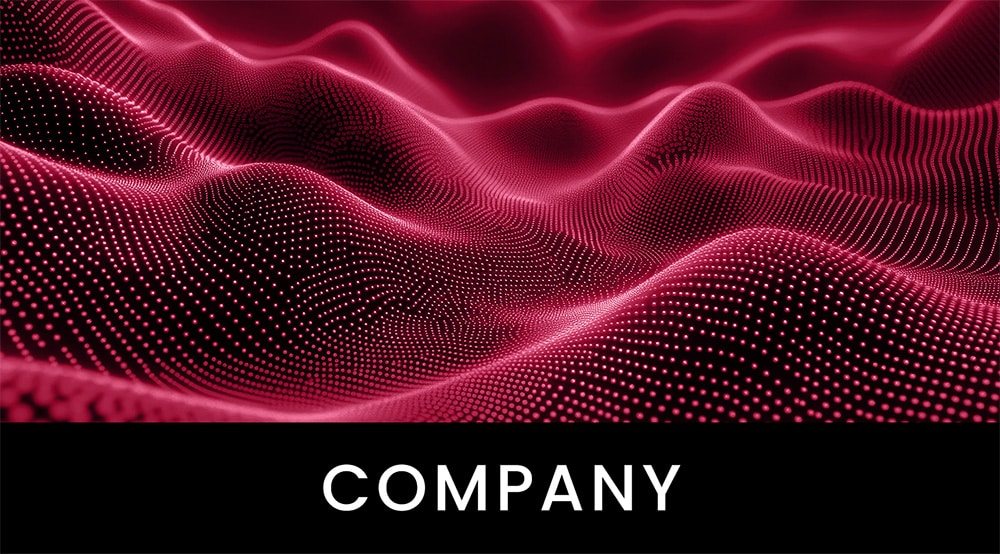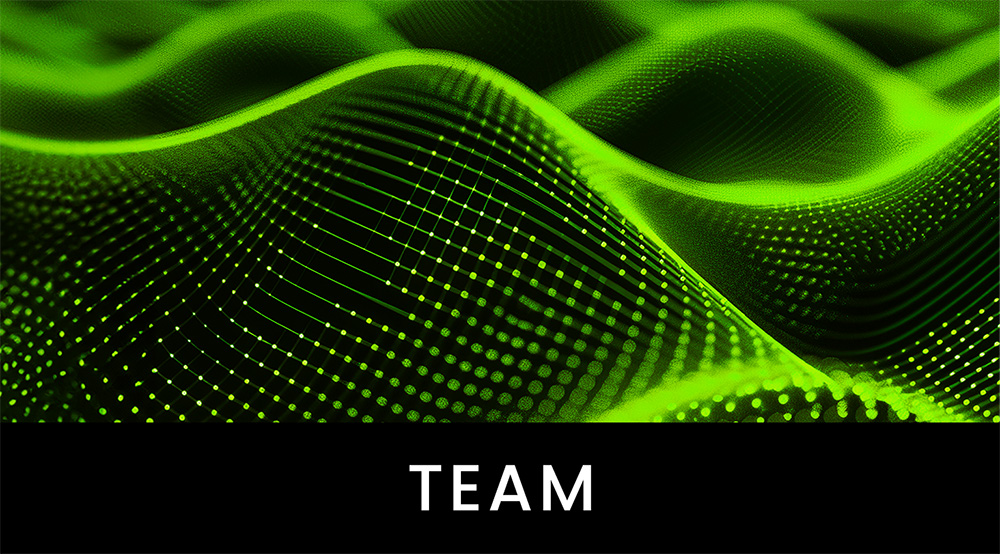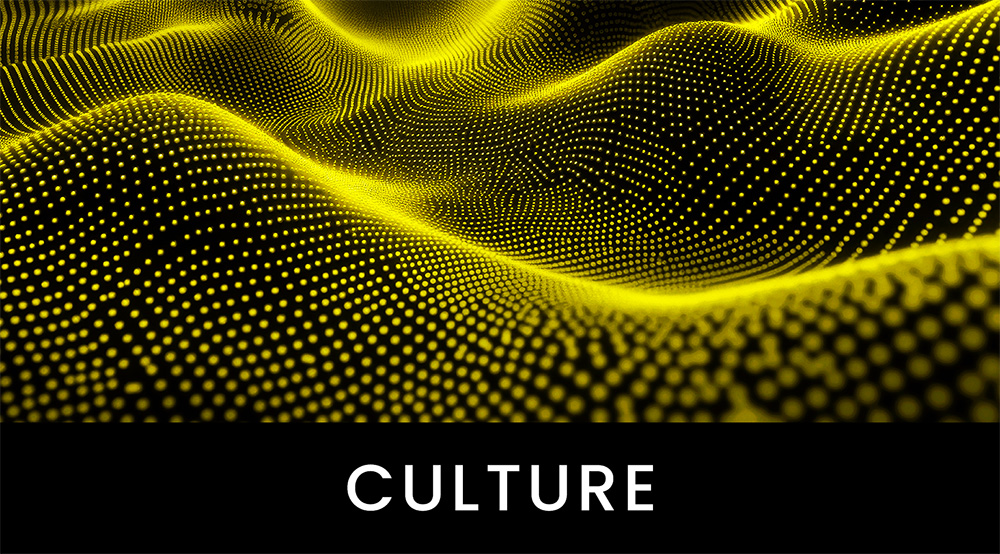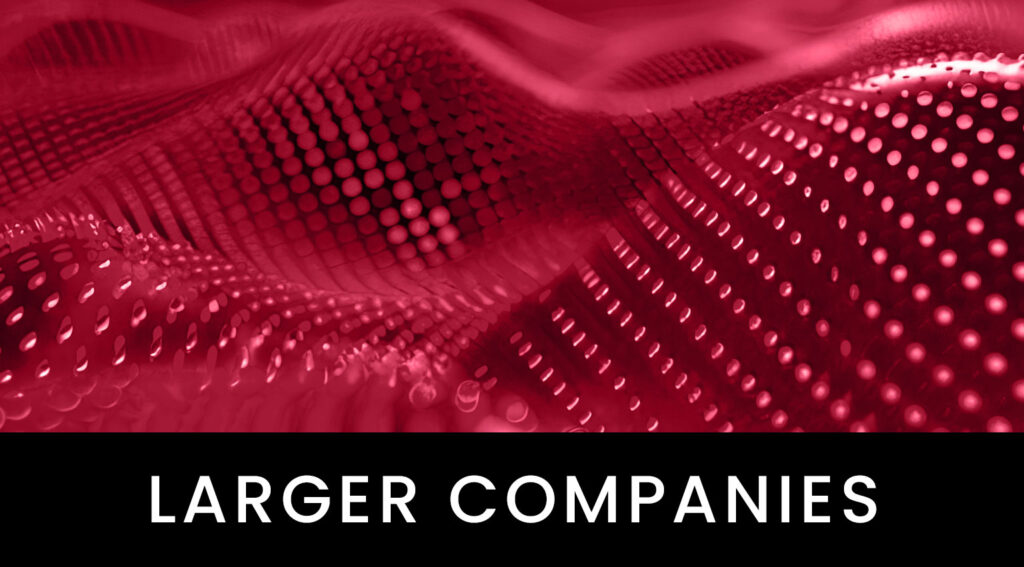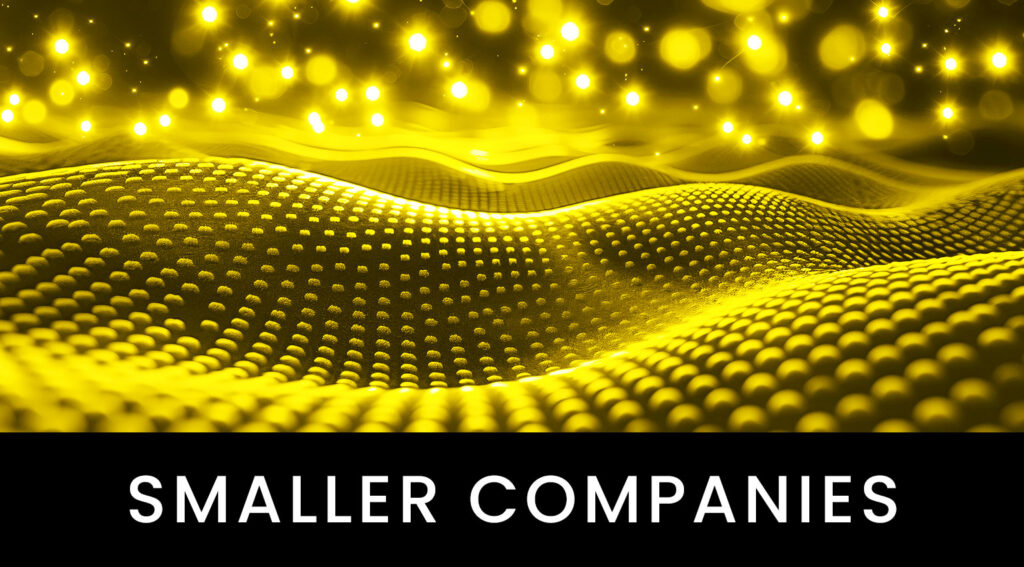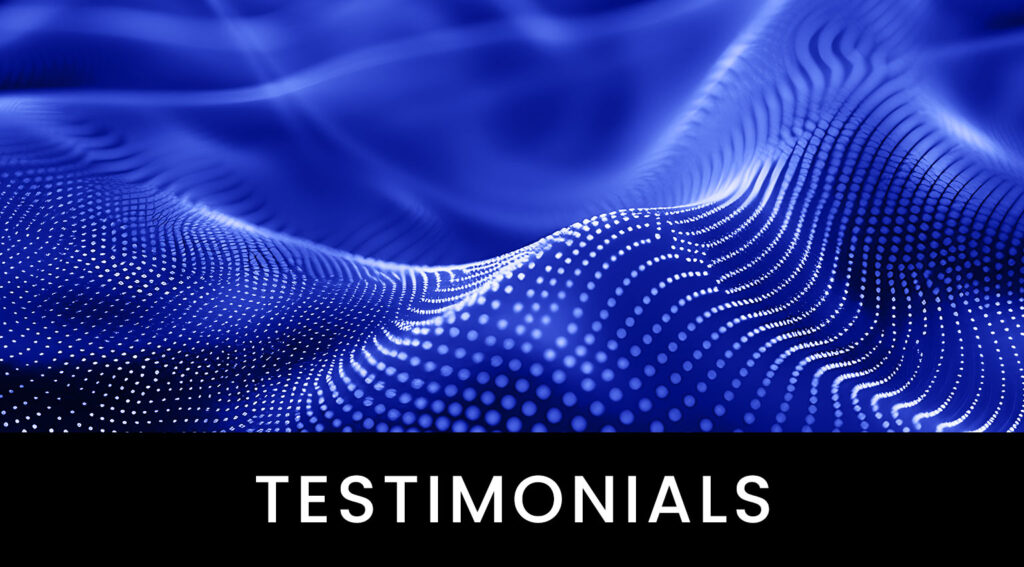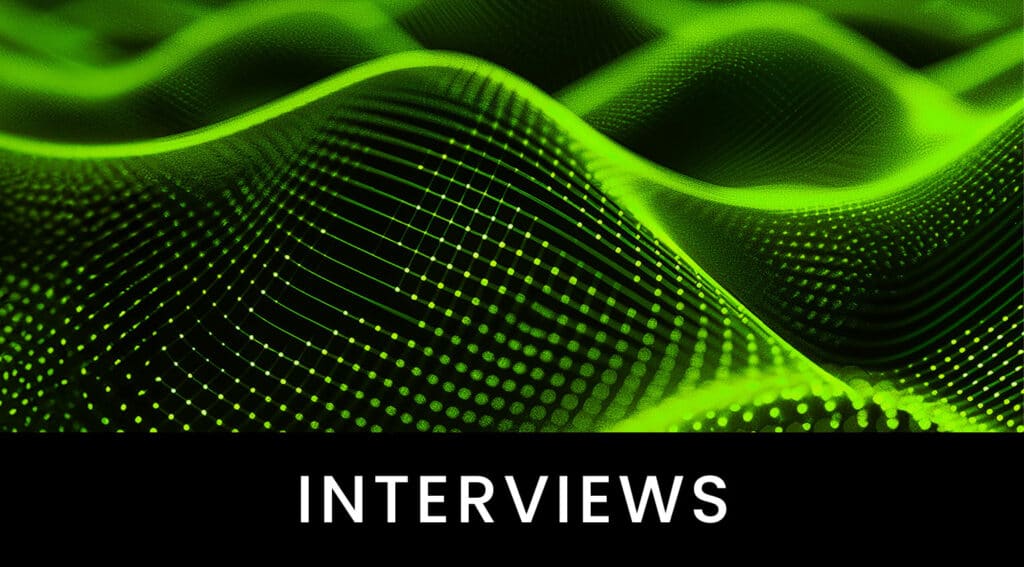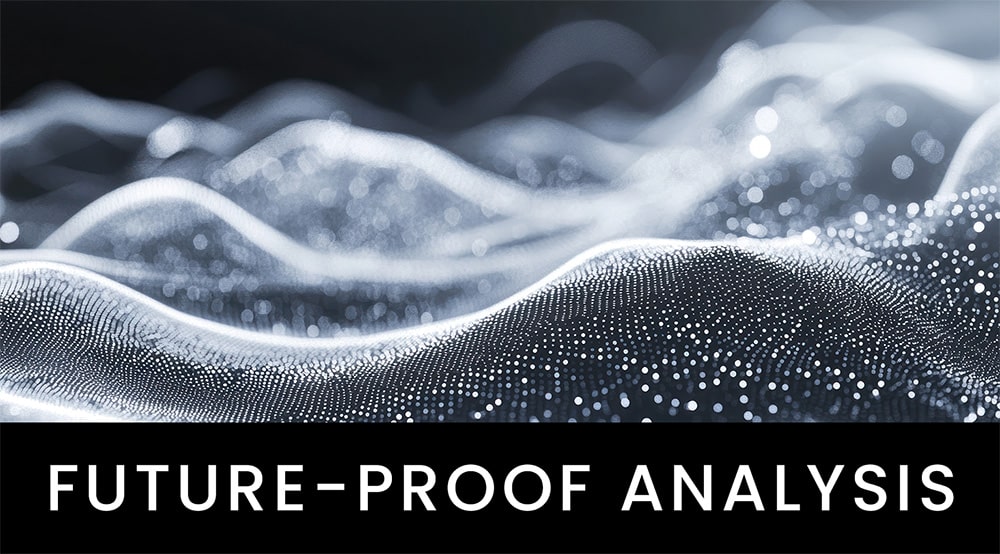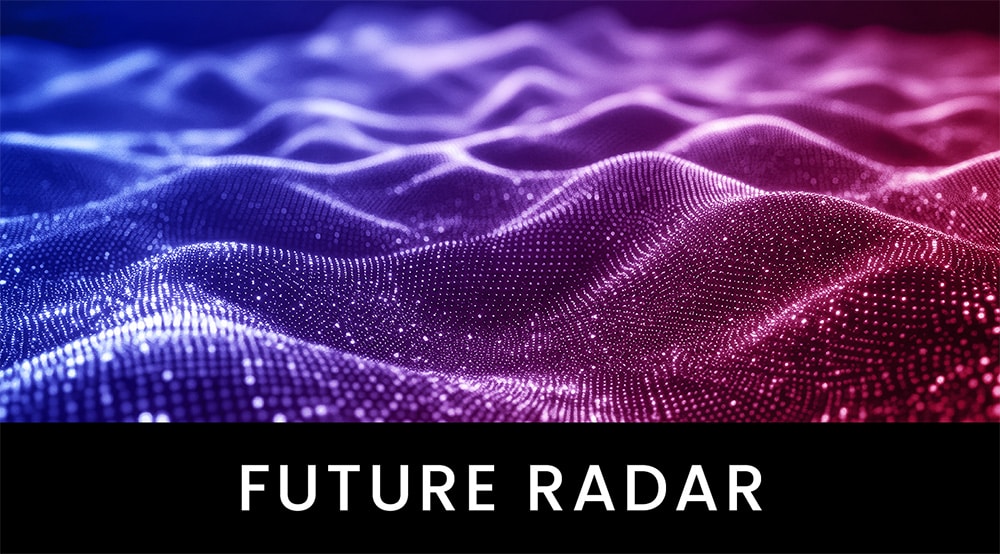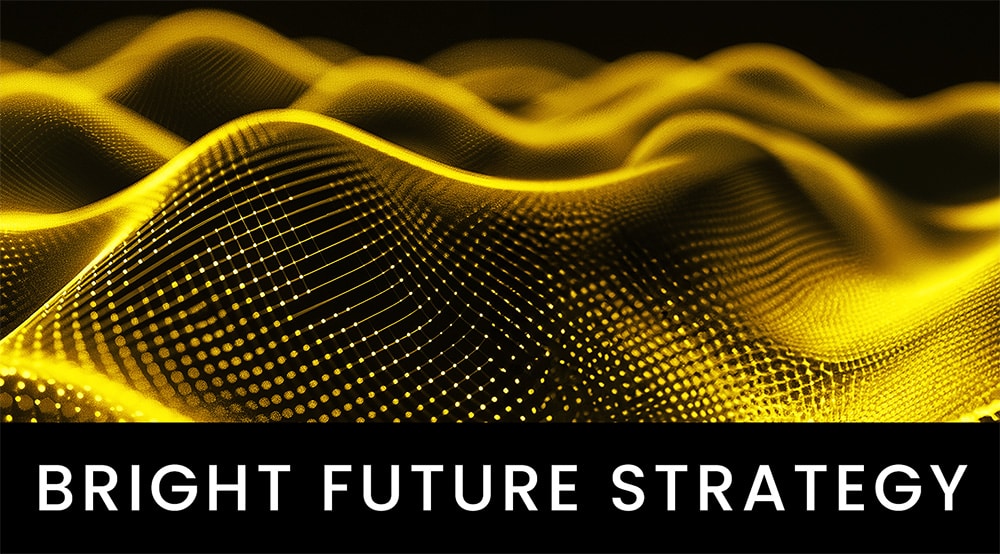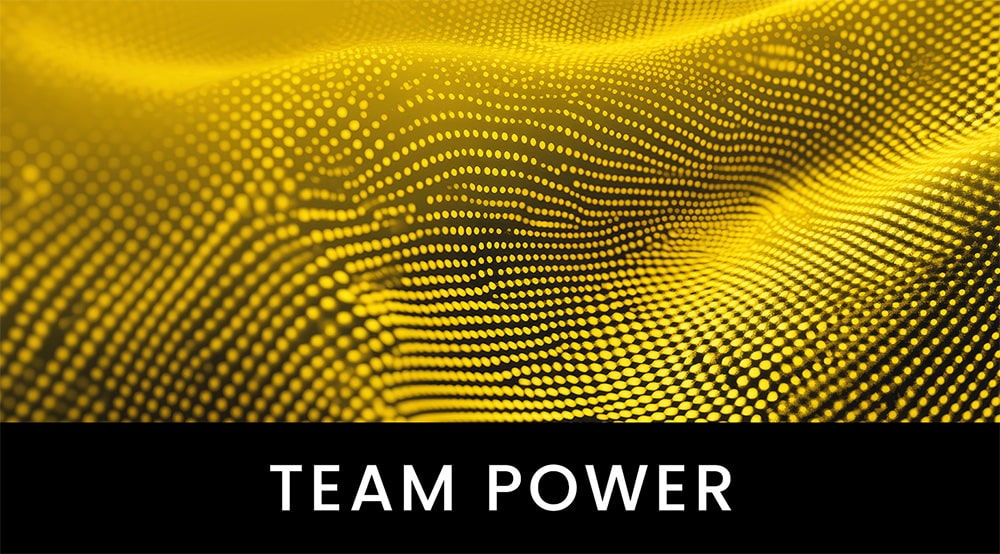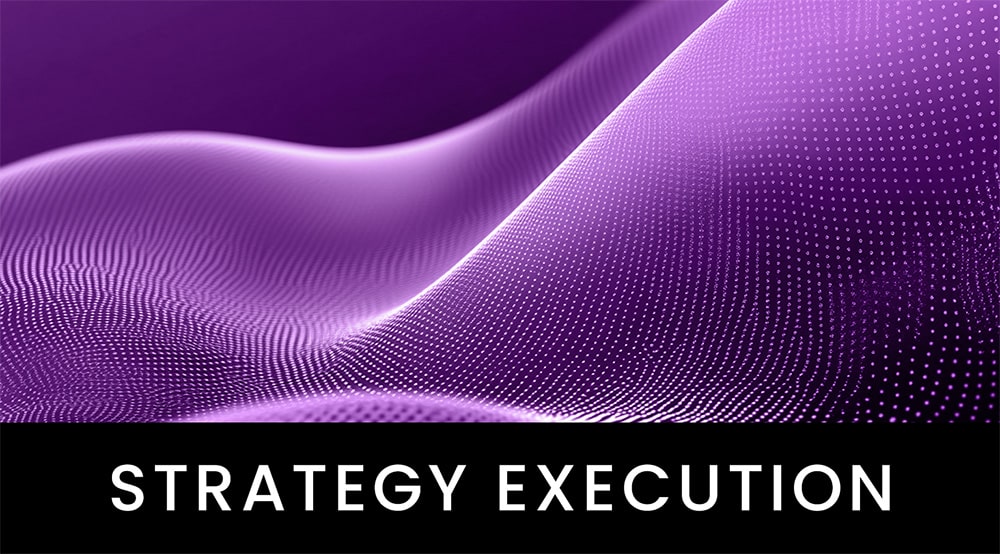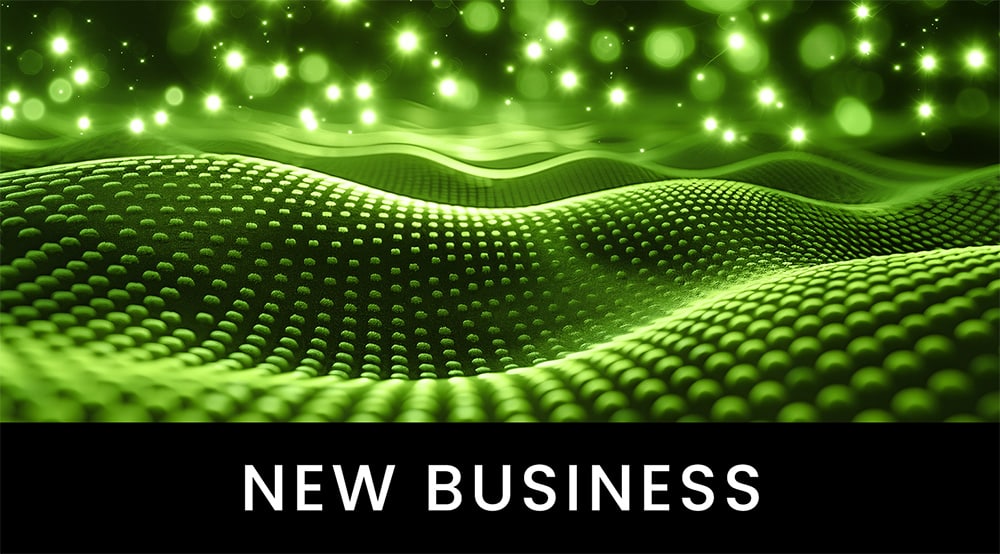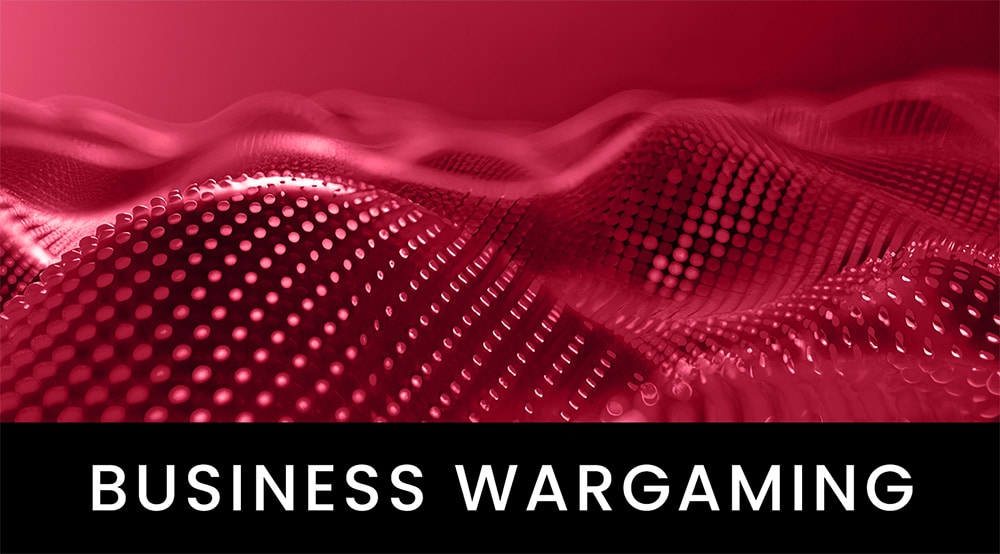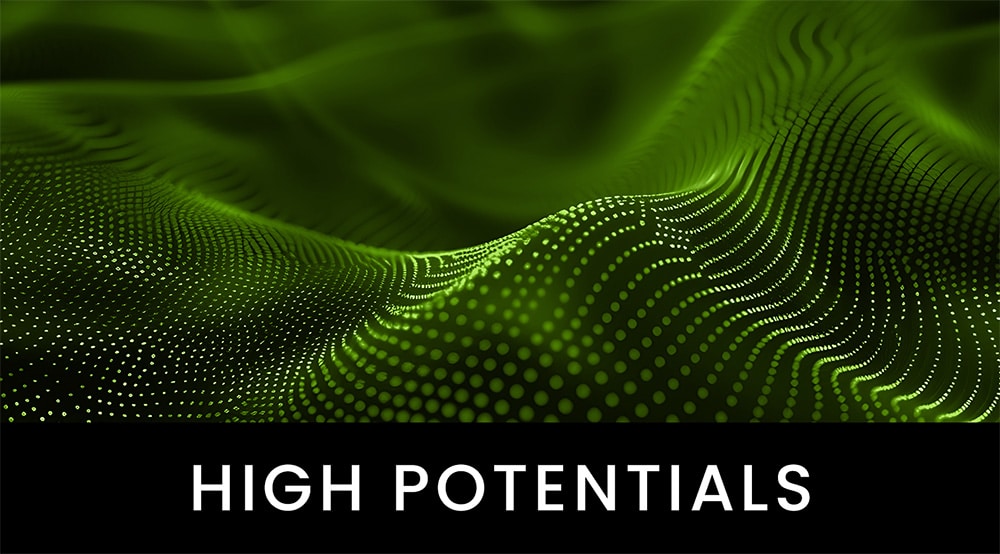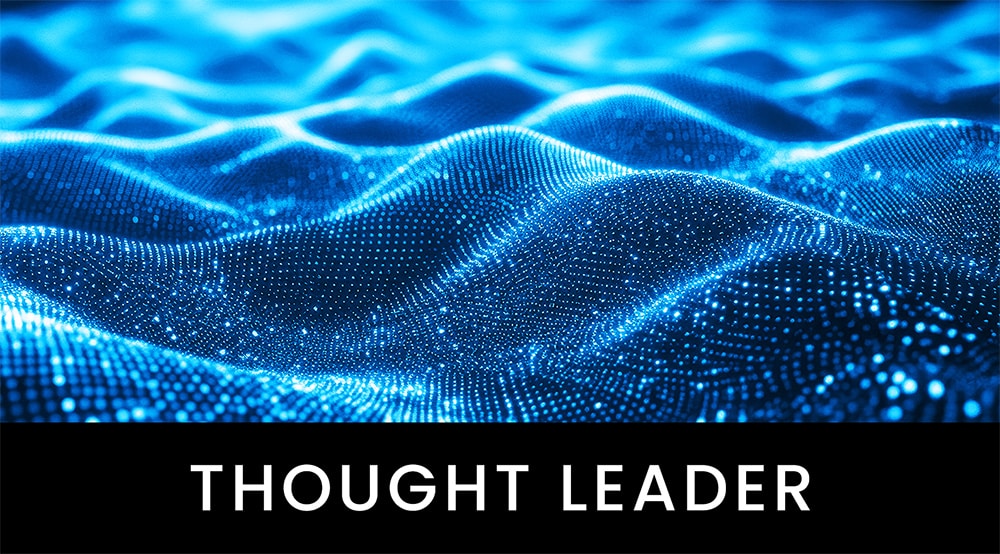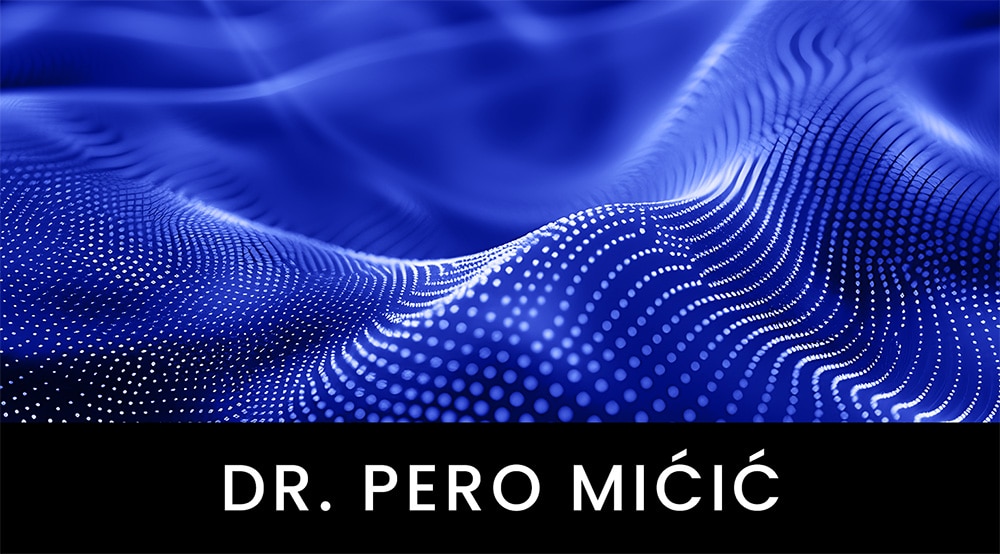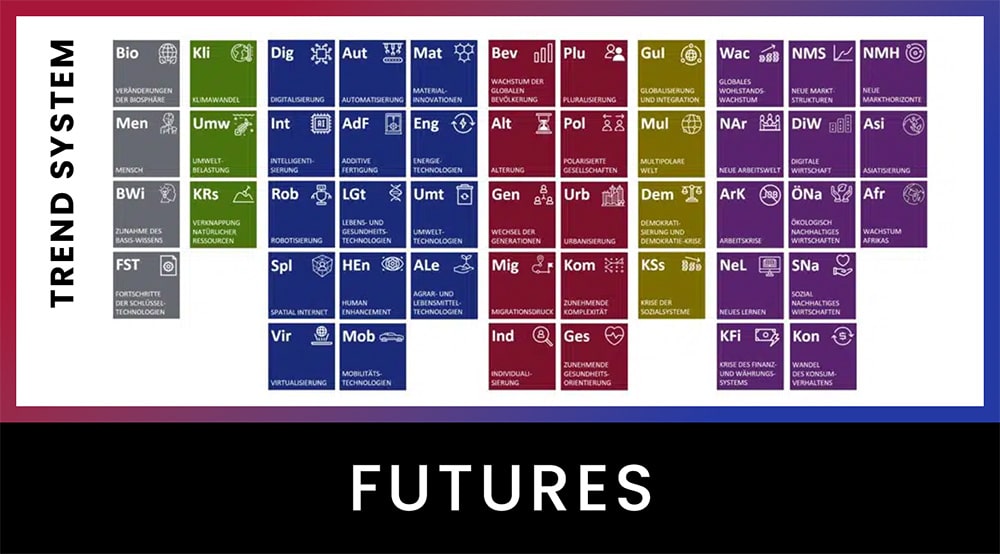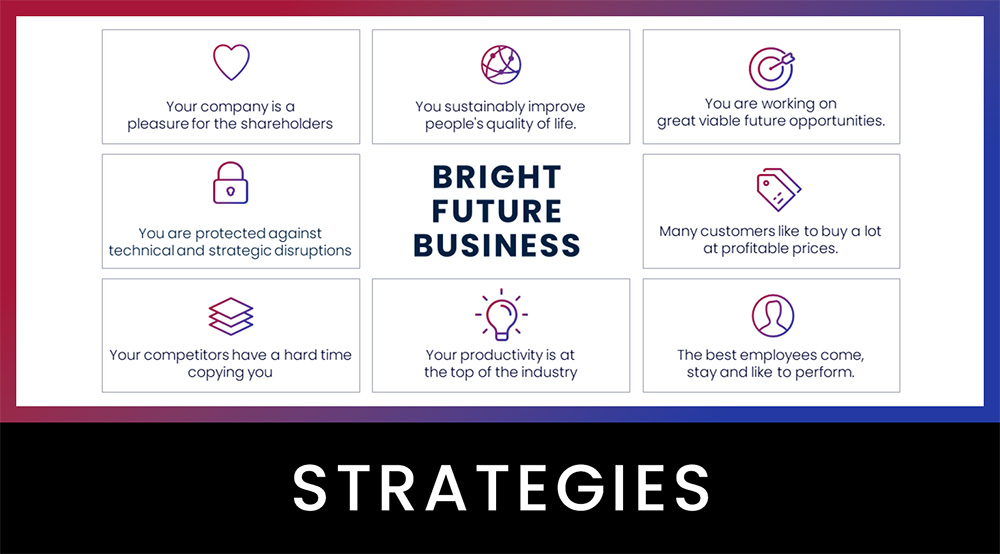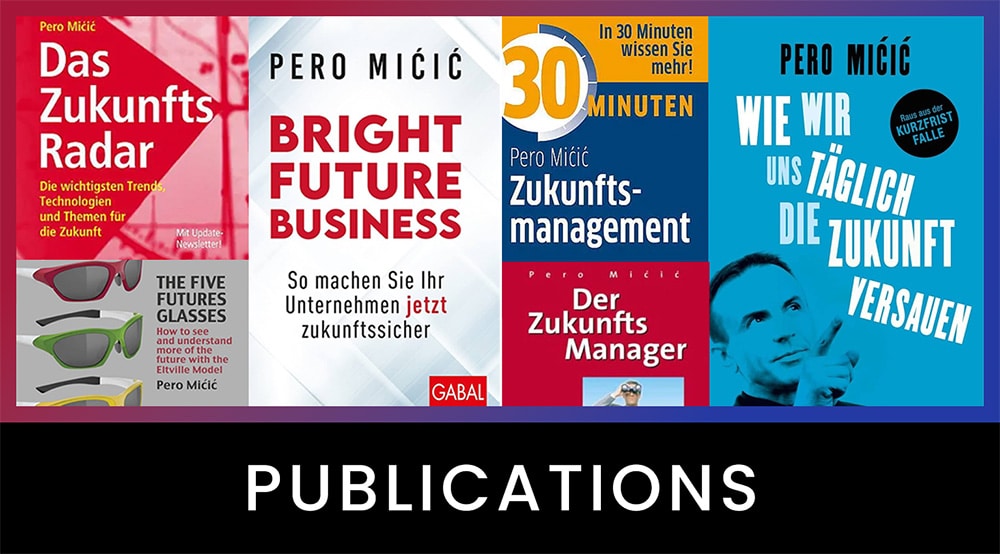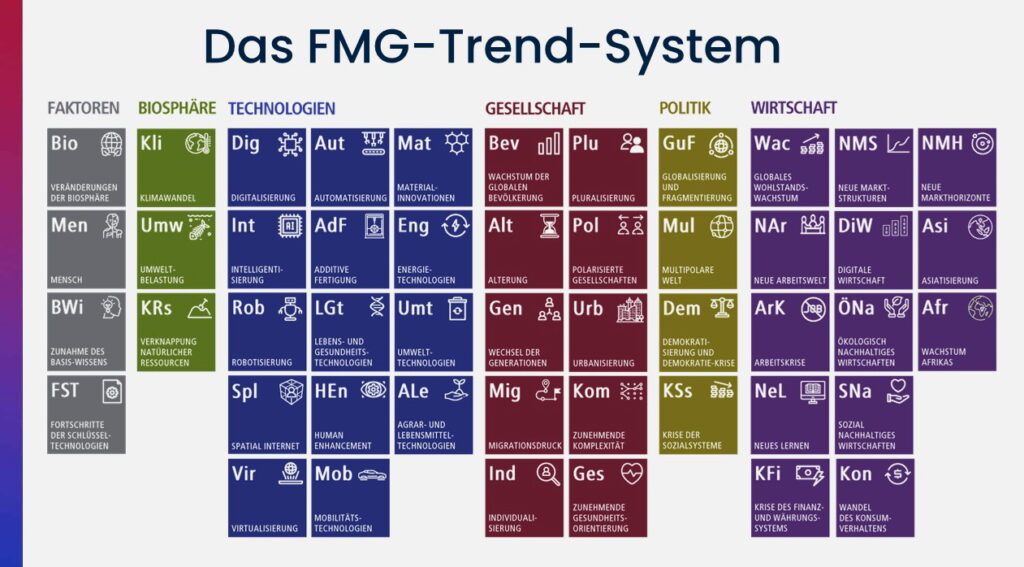Megatrend intelligentization
From the FMG Trend System: For your future-proof company
Intelligentization as the next development leap
The megatrend of intelligentization describes the growing influence of intelligent systems on the economy, everyday life and society. It is not just about individual technologies such as artificial intelligence or sensor technology – but about an overarching principle: machines and processes learn, analyze, anticipate and make decisions – often in real time and automatically. Companies that actively shape this change will secure competitive advantages and innovation potential. To the overview of all megatrends
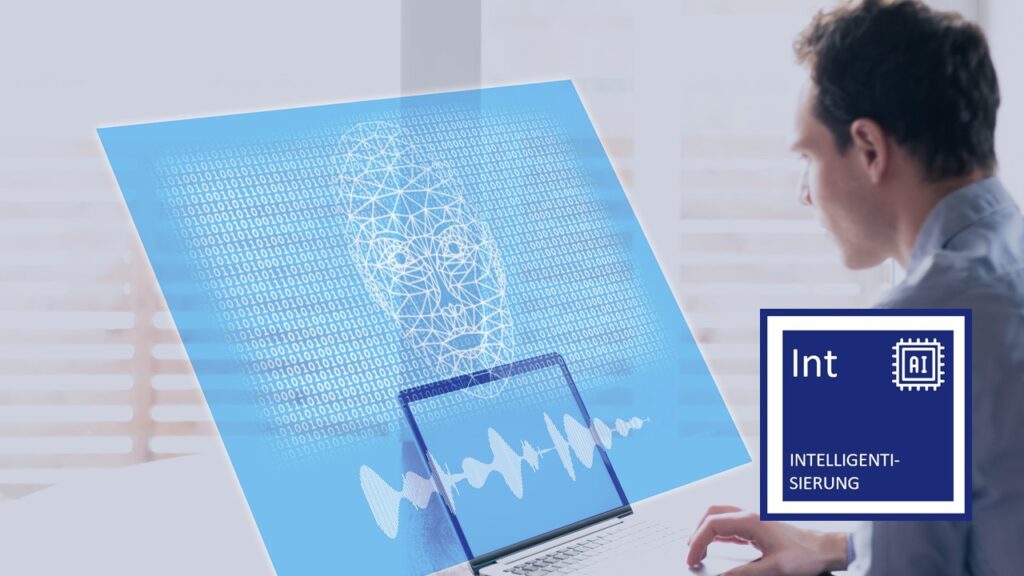
What does intelligentization mean for companies?
Intelligent systems collect information, evaluate it and independently derive actions. For companies, this means new opportunities – from optimized production processes and personalized customer interaction to data-based business models. Intelligentization is more than just technology: it represents a paradigm shift in efficiency, quality and decision-making.
- Alongside human motives, intelligentization and other technologies are the strongest trends driving change. We use our tools to shape the world, mostly to our advantage.
- The megatrend of intelligentization is just one of many that could be relevant for the future of your business.
- In addition to megatrends from the biosphere, society, politics and the economy, FMG’s trend system also includes the drivers that trigger trends such as intelligentization, the future factors. To the overview of all megatrends
Three key developments in intelligentization
1. artificial intelligence
Artificial intelligence is at the heart of intelligentization. It enables machines to perform cognitive tasks – from pattern recognition to decision-making. Driving sub-trends:
Generative AI language models such as large language models independently create texts, images or code and thus automate complex creative tasks.
General Artificial Intelligence (AGI) refers to a hypothetical AI that can perform any intellectual task of a human being – a long-term development goal.
Anticipatory computing adapts systems proactively to user behavior, for example by automatically providing context-relevant information.
Autonomic computing describes self-organizing systems that can monitor, adapt and repair themselves.
Recommendation services filter large amounts of data in order to make individual suggestions for products, content or decisions.
Edge AI transfers AI computing power directly to the device to process data locally in real time – without the cloud.
Embedded AI integrates AI algorithms into hardware such as cameras, sensors or household appliances.
Advice systems simulate human advice by automatically structuring information and making individual recommendations.
Hybrid intelligence combines human and artificial intelligence to enable better decisions through collaboration.
Intelligent Tutoring Systems (ITS) offer learners individual feedback and adapt to their learning level.
AI governance regulates the responsible use of AI, for example through transparency, safety and ethics guidelines.
Machine learning allows systems to learn from data and develop their own predictions or classifications.
Smart Assistance supports users with digital assistants in their everyday lives – proactively, adaptively and contextually.
Software agents are autonomous programs that perform tasks independently and adapt to their environment.
2. sensorization
Sensor technology refers to the ever-improving detection of environmental characteristics by technical systems. Sensor technology forms the sensory system of the intelligent world. It records physical, chemical or biological data from the environment:
Sensorization describes the general equipping of systems with sensors for recording environmental data.
Smart sensors combine measurement, data processing and communication in one compact module.
Motion sensors detect acceleration and changes in position, for example in smartphones, wearables or robots.
Thin-film sensors measure, for example, pressure or temperature in the smallest of spaces – for example in medical technology or research.
Wireless sensor networks (WSN) network numerous sensors to form autonomous systems that jointly monitor environments.
Interference Cancellation (IFC) reduces interference during signal transmission and thus ensures the quality of sensitive sensor data.
New storage technologies ensure that data obtained through sensor technology can be stored quickly, mobile and efficiently.
- Increasing bandwidths enable the transmission of large amounts of data, for example for video streams or machine data.
RFID & NFC are revolutionizing the logistics and identification of objects through contactless detection.
Increasing computer performance creates the conditions for analyzing and interpreting sensor data in real time.
3. truth technologies
Truth technologies help to identify reliable information in a complex, often disinformed world. They verify data, check sources and strengthen trust. Verification technologies and trust systems are synonymous terms.
Truth technologies use AI and cryptographic methods to distinguish between real and fake information.
Blockchain-based systems enable the transparent and unalterable storage of information – tamper-proof and traceable.
Fact-checking algorithms identify contradictions in content, source errors and false reports in real time.
Trust systems not only analyze content, but also the context and the intention behind the information.
Authentication platforms verify authorship, for example of digital documents or AI-generated content.
Conclusion: targeted use of intelligentization
The megatrend of intelligentization is not only affecting IT departments – it is fundamentally changing the way companies operate.
Those who invest early secure strategic advantages through more efficient processes, better decisions and new business models.
Intelligentization acts as a catalyst for other trends such as digitalization, automation and sustainability.
With the Future Radar Program you can recognize which developments are really relevant for your business and how you can develop sustainable advantages from them.

